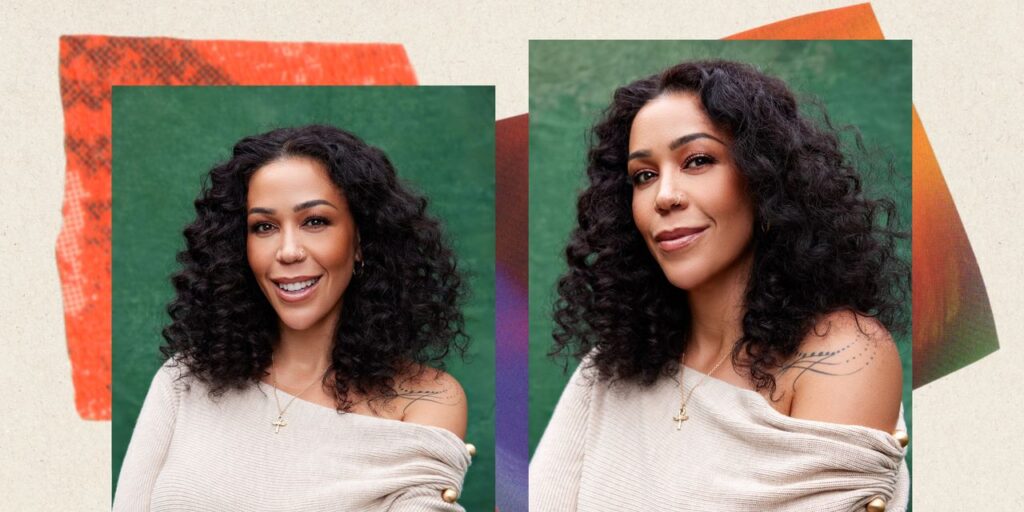In the fall of 2024, my body collapsed. Not metaphorically—literally. I couldn’t walk, stand, or place weight on my own two feet without unbearable pain. My body had been whispering for years, and in that moment, it decided to scream.
I was in Mexico, having traveled across the world for two important speaking and teaching engagements. Panic set in. I had a son at home waiting for me. I needed help. And fast.
Doctors filled my hotel room, saying I had exhaustion and acute inflammation. They flooded my system with steroids, painkillers, and muscle relaxers—whatever it took to get me upright and onto a plane. And for the first time in as long as I could remember, my body was quiet.
It was disorienting to feel that much relief. And yet underneath it all was something else: a reckoning. Because in that silence, I was finally able to understand just how much I had been carrying. For decades, my pain and I had been copiloting through life. Now I was on a path to finally gain control.
When I was 16, chronic pain became the main character in my life. I felt it immensely in my back and shoulders, and finding relief felt impossible. I saw a chiropractor, but no other doctors would take my pain seriously. Later, as a young adult, my general practitioner sent me to spine specialists. But again I was dismissed when they could not find anything out of the ordinary.
I felt like the only option was to check out of the system. I had the weight of the world on my shoulders—working two jobs, putting myself through college—and I could feel it. I didn’t have the luxury of time or resources to address what was causing my pain. So, like countless others, it became a private, invisible burden.
It’s important to note how culture impacted my healing journey. I was raised by a single mom who worked nonstop. She was always in pain, as were so many of the women in my family system, going back hundreds of years. And it wasn’t just us—all the Black and Brown women in my community were burdened, tired, and in pain. They worked long hours at taxing jobs then came home to take care of their families, often with little support. It did not occur to me, as a child, that life could look and feel different.
Our emotional experiences as humans impact how our bodies respond to stressors. Yet most healthcare professionals are trained to treat patients based on their documented medical history alone, and not the fuller contexts of their lives and the circumstances of their births. I was stuck in a prison of pain and had to build my own tools to break free.
So I leaned into mindfulness practices, exercise, stretching, meditation, prayer, and somatic work to find holistic relief from my pain. These weren’t “quick fixes”; they were my lifeline. Years of trial and error led me to build a system that could support me, not only helping me feel better physically, but soothing the deeper wounds underneath.


